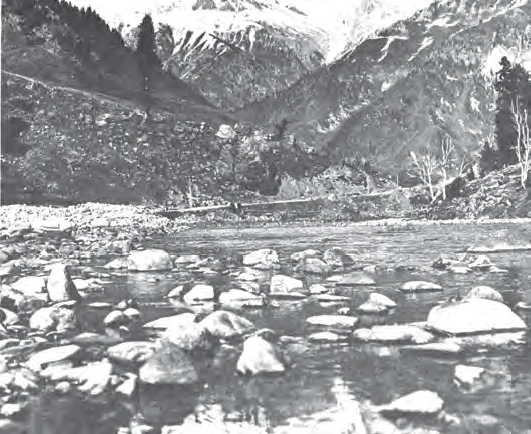![]() 5 Dec 2023
5 Dec 2023
The environment is defined as the entire planetary inheritance and the totality of all available resources.
It comprises both biotic (living) and abiotic (non-living) factors that interact with one another. Biotic elements include animals, plants, forests, and fisheries, while abiotic elements encompass air, water, land, rocks, and sunlight.

Water bodies: small, snow-fed Himalayan streams are the few fresh-water sources that remain unpolluted.
The environment serves four crucial functions, highlighting the importance of Environmental Sustainability:
|
Impact of Global Warming on Environmental Sustainability: Causes, Consequences, and International Efforts
|
|---|
Environmental Sustainability in Balancing Supply and Demand Dynamics

Damodar Valley is one of India’s most industrialised regions. Pollutants from the heavy industries along the banks of the Damodar river are converting it into an ecological disaster
|
Ozone Depletion and the Montreal Protocol in Environmental Sustainability
|
|---|
<div class="new-fform">
</div>